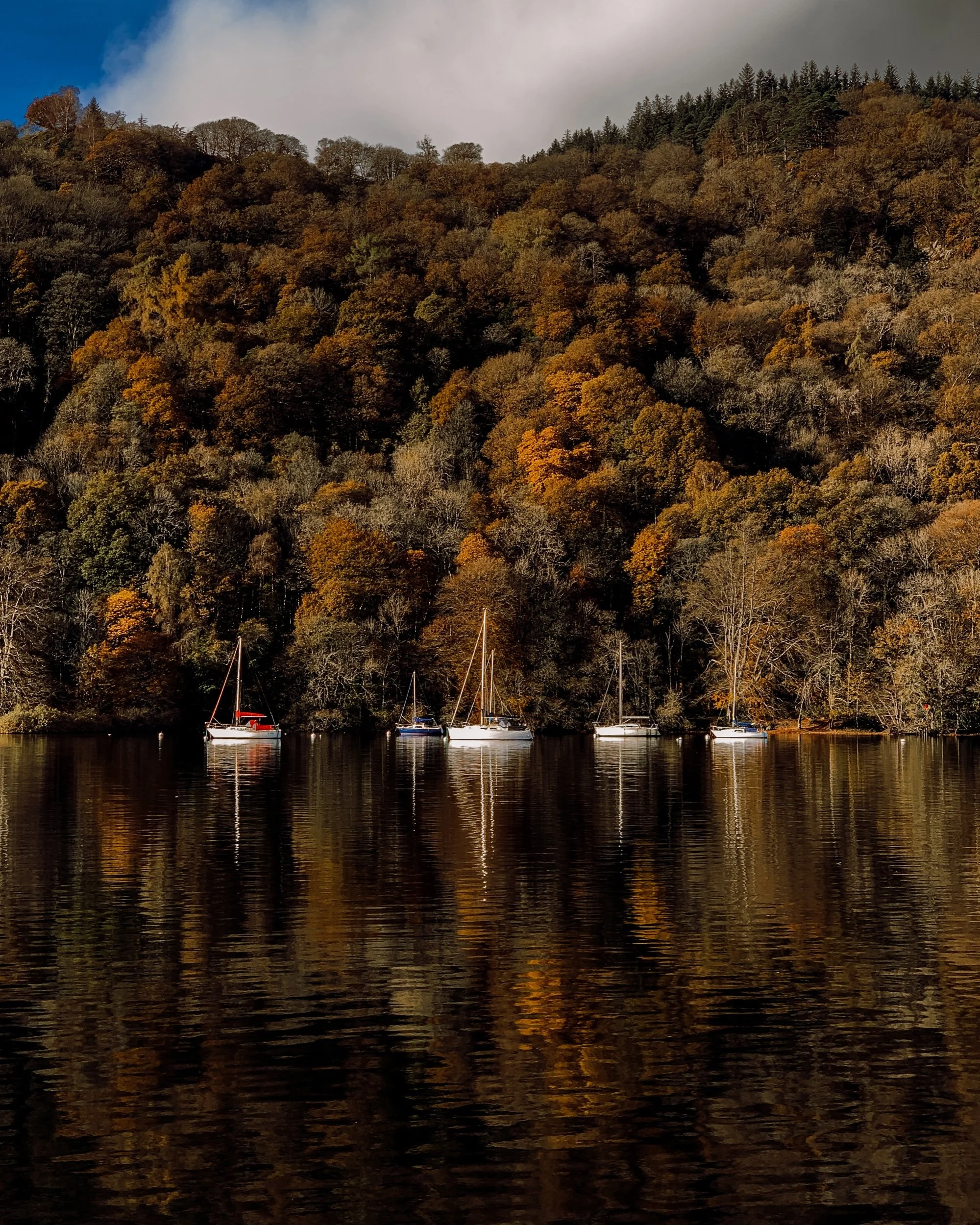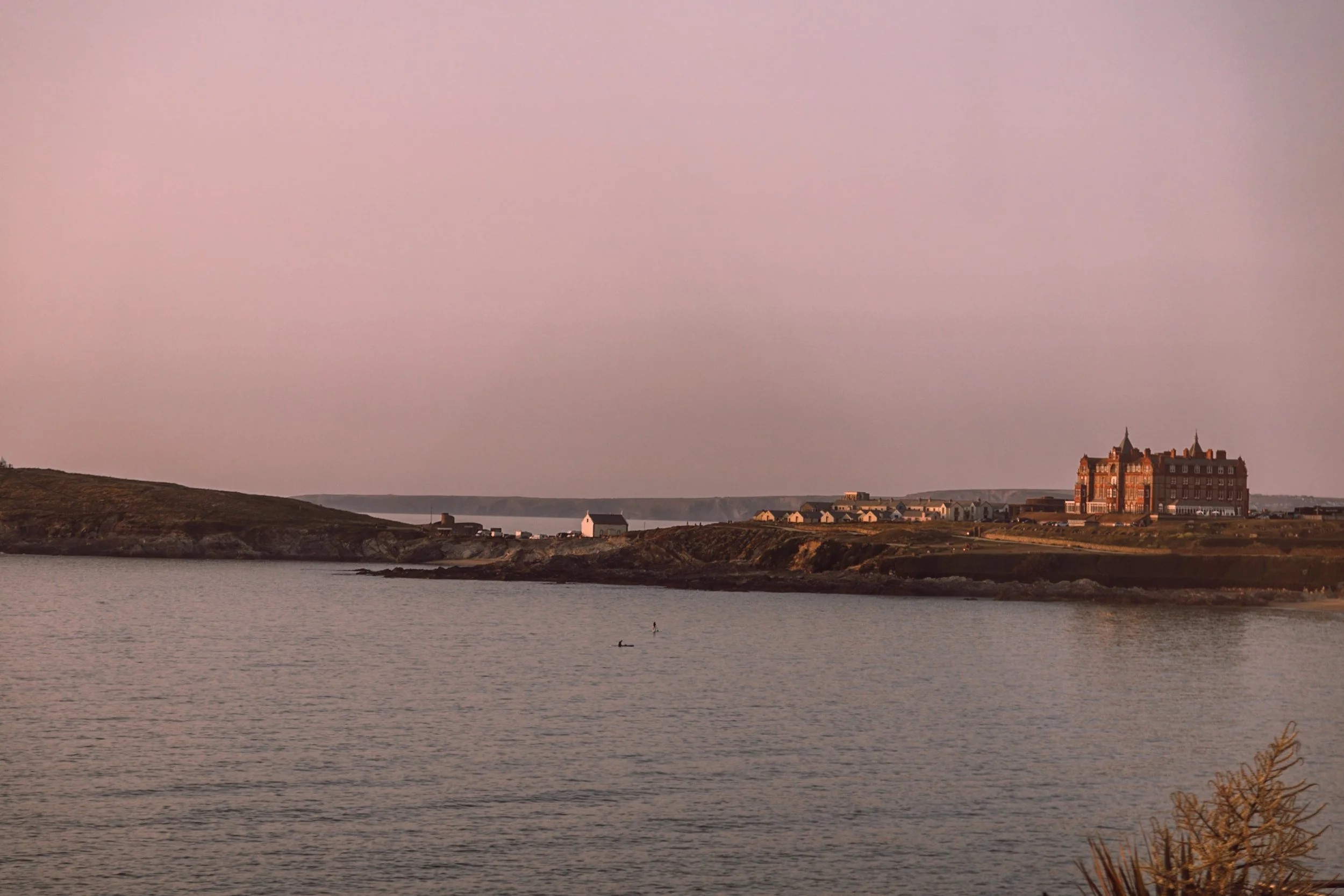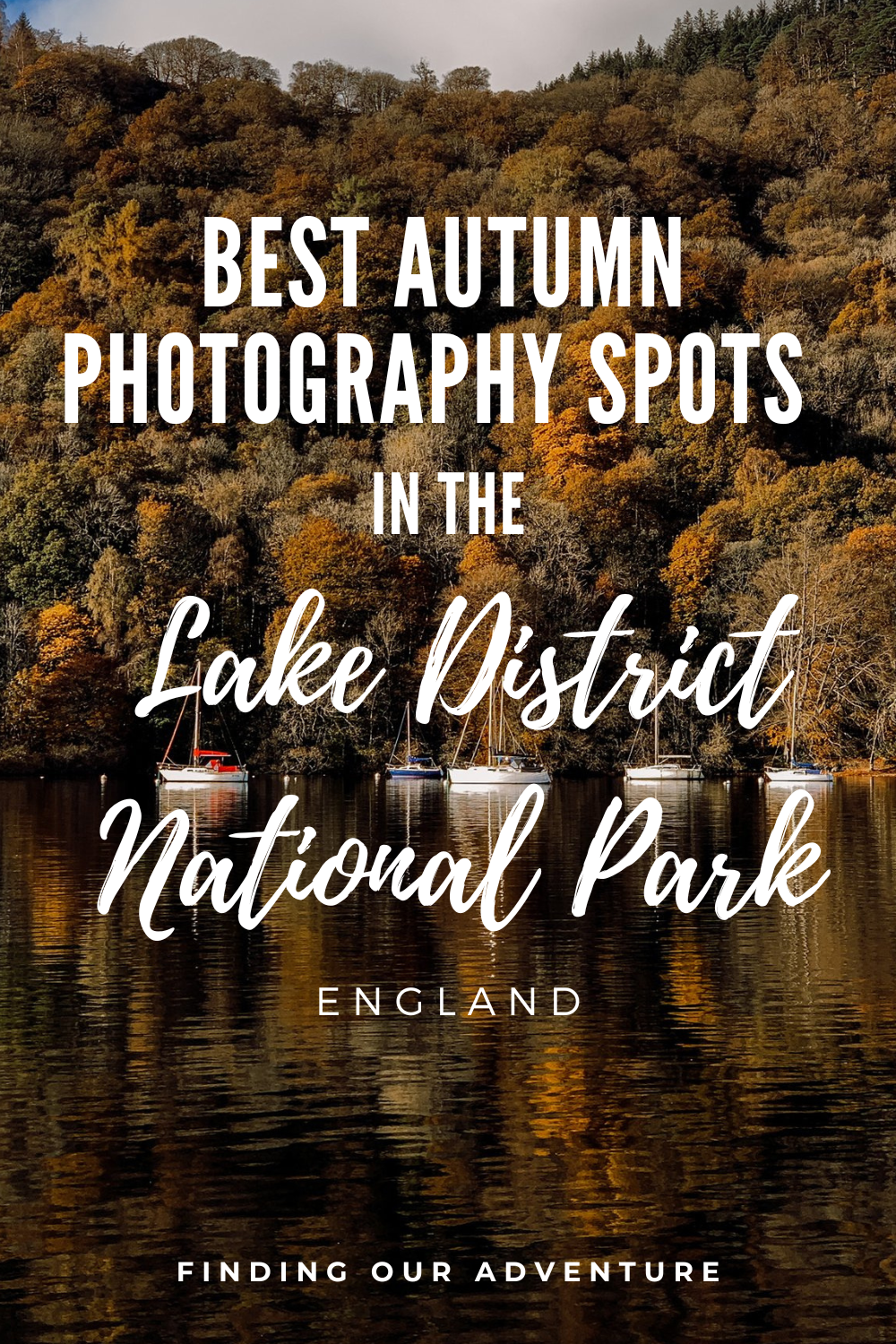Best autumn photography spots in the Lake District
Autumn, the season of change and colour. The changing of seasons from the warm summer months transitioning into cooler, shorter days is perhaps one of the most beautiful times of the year in the UK. A season where we get out the warmer layers, breathe in the cool crisp air, admire the yellow, orange and red-hued leaves, pick pumpkins and light bonfires. The season of autumn is a time to slow down, get cosy and explore nature. This is one of my favourite seasons to get out and photograph landscapes and capture those beautiful warm, golden hues. There are many great spots to photograph those autumnal colours, however perhaps one of the best is the Lake District National Park in England. The Lake District in autumn is an experience you won’t forget, we’ve put together our top 5 locations worth visiting at this time of year.
Where is the Lake District?
The Lake District is in North West England, between the cities of Carlisle in the north and Kendal in the south and borders the coast of the Irish Sea. As the largest National Park in the UK, it is also home to the highest mountain in England, Scafell Pike. The Lake District National Park was awarded UNESCO World Heritage Status in 2017.
When IS the best time to SEE Autumn colours in the lake district?
Autumn is a great time to visit as you will have less crowds and you’ll get to witness beautiful autumnal colours which make it the perfect ingredients for a beautiful landscape photograph. The season of autumn begins at the end of September until the late December, however most recommend the best time to visit during November.
1. Old man of Coniston
In the Lake District mountains and hills are referred to as fells. These were originally used to refer to the grazing areas used by farmers for their sheep or cattle. The Old Man of Coniston is part of the Furness Fells in Cumbria. It is the highest point of the historic county of Lancashire at a height of 803m. You don’t have to walk all the way up to the top of Old man of Coniston for incredible scenery of the valley, a short walk into the valley on your way up towards the top of the fell provides an incredible backdrop. The valley shows the evidence and scars of the copper mining and you will pass some old copper-mining relics where mining continues today and has been operating for over 800 years. The climb to the top is challenging yet rewarding with views across to the Langdale Pikes and Coniston water.
How to get there: Park at Old Station Car park in Coniston £4.50 for 4 hours. We walked from the village of Coniston and started our walk from Sun Hill and turning right past the Sun hotel, where you follow the road until you pass Coniston Stonecrafts on your left. Park at Old Station Car park in Coniston £4.50 for 4 hours.
2. Blea Tarn, Langdale Valley
The Langdale Valley is an iconic landscape, transporting you to arguably one of the most picturesque and idyllic places in the Lake District National Park. Langdale translates in Norse to ‘long valley’, divides into two valleys named Great Langdale and Little Langdale. There are multiple walks within this stunning landscape and one of our recent discoveries was the serene Blea Tarn. On a calm still day the waters at Blea Tarn reflect the majestic Pikes and the trees on the edge create interesting subjects for your photographs. On a cool, crisp autumn day after your ramble around the Langdale valley, we would recommend warming up by the fire at the Sticklebarn Inn.
How to get there: We set off from the Sticklebarn National Trust car park and made our way along the path towards Great Langdale campsite, then you will pass the campsite and follow the path in a zigzag towards Side Pike where you will eventually reach a road which the path follows and then you will cross over to the right and head towards Blea Tarn.
3. Windermere lake
As the largest natural lake in the Lake District and England, Windermere lake is popular attraction within the National Park. A great way to explore the area is to catch a lake cruise from one of the following places; Bowness, Ambleside or Lakeside. Or if you’d prefer, you can catch the Windermere ferry across the width of Windermere lake which operates daily carrying cars, bikes and passengers and only takes 10 minutes. If you are travelling by car from Bowness to Sawrey you can park at the Claife viewing station national trust car park which is on the western shore of Windermere. The Claife viewing station was a purpose built structure for the first tourists who visited the Lake District. It consists of colourful stain glass windows that frame the landscape.
How to get there: We would recommend parking in Bowness as there are more options for parking and if you’d like to explore the Claife viewing station catch the passenger ferry across!
4. Tarn Hows
Tarn Hows was created by James Garth Marshall of Monk Coniston as a designed landscape, a dam was built at the outflow of one of three small tarns and hundreds of trees were planted to enhance the view of the landscape. There is a circular one hour loop where you can walk around the tarn and the first section is part of the Cumbrian Way. The path has a lower and higher route, the lower route is accessible for wheelchairs and an easy path, whereas the higher route provides some great views over Tarn Hows but not as accessible. Tarn Hows was purchased by Beatrix Potter and donated to the National Trust when she passed away. There are a couple of waterfalls that are worth a detour along this circular route, which is named nearby Tom Gill, a stream that flows through the woodlands in Glen Mary. The most impressive waterfall on this stretch has a 9m drop and you can walk close to the base of the waterfall.
How to get there: There are two car parks, the smaller car park at Tom Gill (at Glen Mary Bridge), grid ref: SD321998 where you will follow the path uphill past the waterfalls and reach Tarn Hows circular walk. The main National trust is much bigger and closer to Tarn Hows and also has toilets at the bottom of the car park.
5. Ullswater
Ullswater is the second largest lake in the Lake District, surrounded by rolling hills around Pooley Bridge to the north and large fells in the south including the majestic Helvellyn which gives incredible views over Ullswater. In autumn, Ullswater is the perfect destination with activities including canoeing, paddle boarding or sailing on the water to hiking through the woodlands or admire from a height for example at Gowbarrow Fell. There is the Ullswater Steamer that runs between Pooley Bridge, Howtown and Glenridding which is a peaceful ride and explore where another great and easy hike is up Hallin Fell from Howtown. The magical falls of Aira Force is found within the Ullswater valley and is the perfect spot to admire the autumnal colours of the for a picnic by the river. Aira Force has inspired many poets over the years including William Wordsworth. On your walk to the falls, you might be lucky enough to spot a red squirrel. The grounds consist of an arboretum planted by the family in the 1800’s and are some of the tallest trees in Cumbria. The largest waterfall drops 65 feet through a picturesque stone built bridge surrounded by trees. Unfortunately, when we visited the main viewing platform was inaccessible due to a fallen tree but there is current work undergoing to build a new viewing platform. Wander along the path that follows the Aira beck rivers edge and there are many quiet corners for a picnic or a moment of calm.
How to get there: There are several car parks and lay-bys along the shores of Ullswater, notably Aira Force national trust car park, Glencoyne car park, Glenridding car park opposite the information centre and Dunmallard car park.




















